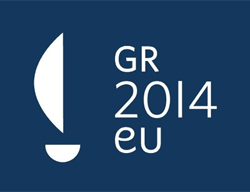Customs
The legal basis of the Customs policy are Articles 23 to 27 and Title X of the Treaty establishing the European Community.
The customs union was one of the EU’s earliest milestones. It abolished customs duties at internal borders and put in place a uniform system for taxing imports. Customs officers are now found only at the EU’s external borders. They not only keep trade flowing, but help protect the environment, our cultural heritage and plenty besides.
The EU completed the customs union in 1968. Customs checkpoints at borders between EU countries disappeared in 1993.
Customs work is complex
The EU sets its import tariffs and other customs rules on the basis of international agreements (mostly those negotiated within the Customs Co-operation Council and the World Trade Organization). In principle, these apply to all imports.
The average level of EU customs duty on industrial products is 4%, but the EU offers cut-rate entry and often duty-free access for goods from neighbouring, developing and emerging economies.
Customs are at the front line in tackling the burgeoning problem of counterfeiting goods. Counterfeiting represents more than 5% of world trade and the EU’s 150,000 customs officials seize 70% of all the counterfeit products seized worldwide.
Customs help fight illicit traffic in people, drugs, pornography and firearms. They combat organised crime and support the work of the police and immigration services.
Customs play a crucial role in collecting duty on imports and value-added tax.
Keeping it as simple as possible
Before 1988, customs offices across the EU used 150 different forms in their dealings with business. This was replaced by a single document and now most trade is processed electronically through the NCTS (New Computerised Transit System) launched in 2003.






 Svejo
Svejo Twitter
Twitter Link4e
Link4e Pipe
Pipe Web-bg
Web-bg Bghot
Bghot Lubimi
Lubimi Novinitednes
Novinitednes Ping
Ping Facebook
Facebook Myspace
Myspace Mix
Mix Del.ico.us
Del.ico.us Reddit
Reddit Digg
Digg Stumbleupon
Stumbleupon Myweb Yahoo
Myweb Yahoo Google Bookmarks
Google Bookmarks Google Buzz
Google Buzz

